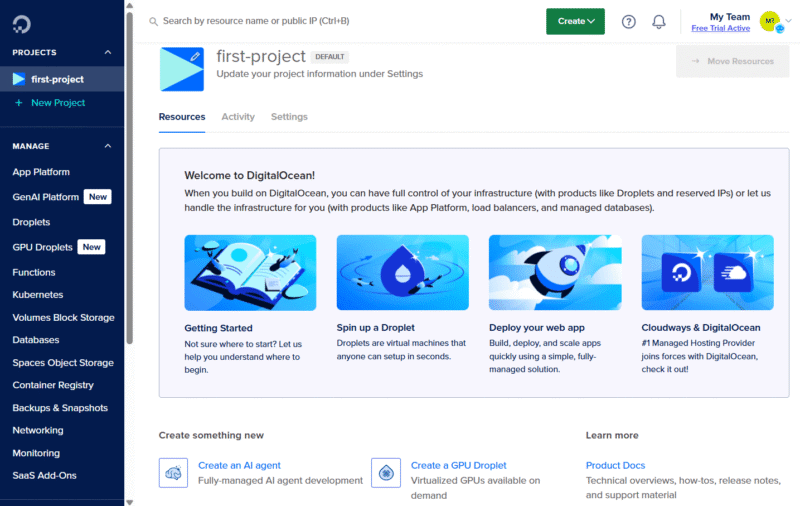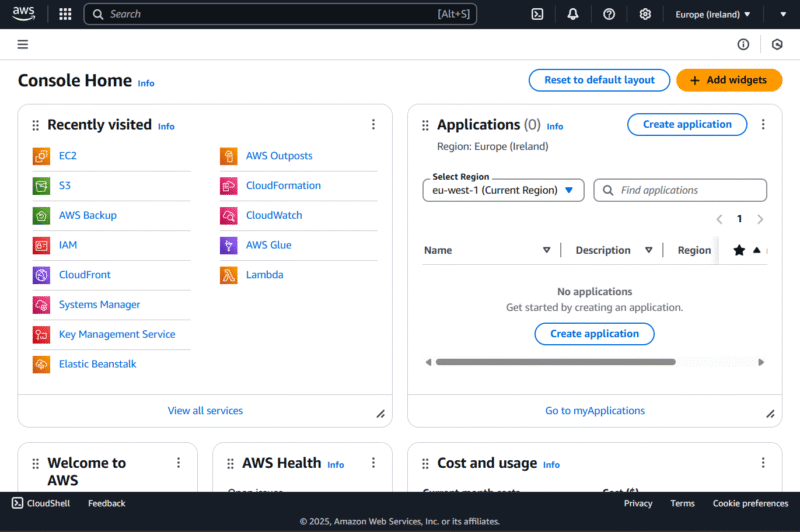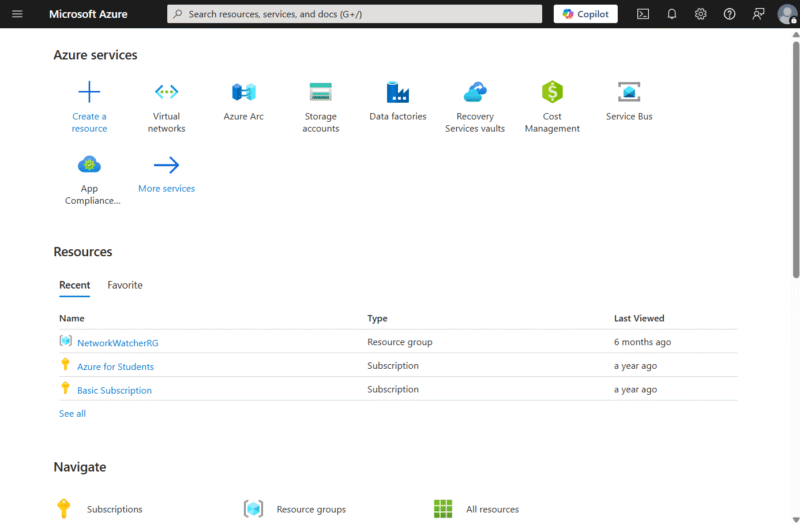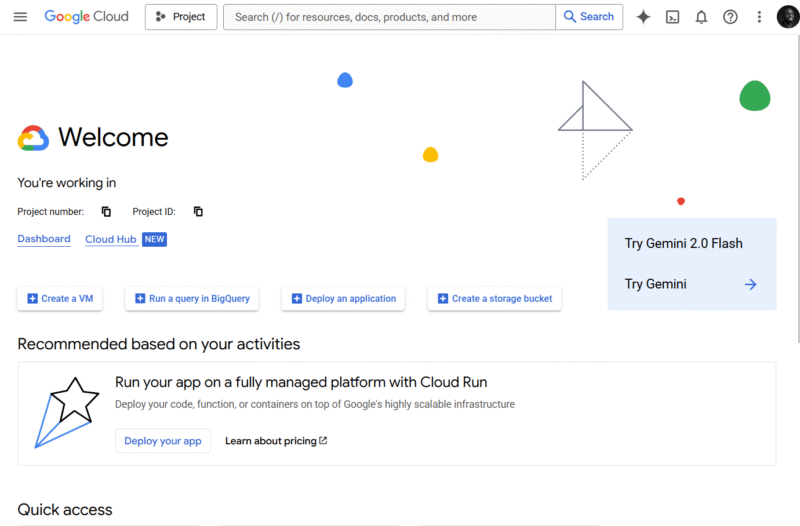What Is DigitalOcean? Cloud Platform Explained
DigitalOcean is a cloud service provider that offers Infrastructure-as-a-Service and Platform-as-a-Service solutions, and is popular among developers and small organizations. This article explores DigitalOcean’s uses, services and benefits.
DigitalOcean has a relatively small suite of services and a limited global presence, so you’d hardly expect it to be on anyone’s list when choosing a cloud computing platform. However, it’s a favorite among developers, IT professionals and small and medium-sized businesses (SMBs).
There are many reasons why DigitalOcean is popular among IT professionals and small organizations, and you’ll come to recognize them by the end of this guide. Read on as we answer the question, “what is DigitalOcean?” and discuss its use cases, benefits, pricing, competition and more.
What Is DigitalOcean?
DigitalOcean is a cloud service provider owned by DigitalOcean Holdings Inc. It is popular among developers, IT professionals, startups and SMBs, thanks to its simple interface, predictable costs, rich knowledgebase and strong community.

DigitalOcean offers services across the IaaS and PaaS models. Though it doesn’t have SaaS offerings, some of its solutions are designed for building SaaS, and third-party SaaS options are available in its marketplace.
Unlike AWS and Azure, which are hyperscalers, DigitalOcean has a limited global presence: 15 data centers in nine regions across eight countries on four continents.
What Are DigitalOcean Droplets?
DigitalOcean Droplets are scalable virtual servers. They offer remote access to compute resources, which you’d ordinarily have to wait for and spend a significant amount of money on if acquired the traditional way.
With DigitalOcean Droplets, you can build various services, including web servers, database servers and APIs, either as a standalone system or as part of a larger infrastructure.
DigitalOcean Droplets are equivalent to Elastic Compute Cloud (EC2) on AWS and Azure Virtual Machines on Microsoft Azure. However, while these other cloud providers support the Windows and Linux operating systems, DigitalOcean Droplets support only Linux-based virtual machines.
Droplet Types & Pricing
Like other cloud providers, DigitalOcean offers virtual machines suited for various purposes and price ranges. In the table below, we provide an overview of the different DigitalOcean Droplet tiers, focusing on the regular CPU options. For information on other CPU options, check out the Droplet pricing page.
| Droplet Plans: | Key Uses | vCPU Range | SSD Range | Memory Range | Shared vs Dedicated CPU | Pricing Range (Per Month) |
|---|---|---|---|---|---|---|
| Basic | Ideal for workloads such as low-traffic web servers with short bursts of high CPU usage | 1-8 | 10-320 GiB | 512 MiB-16 GiB | Shared | $4-$96 |
| General Purpose | Ideal for various use cases, including web apps, databases and e-commerce websites | 2-40 | 25-500 GiB | 8-160 GiB RAM | Dedicated | $63-$1,260 |
| CPU-Optimized | Designed for use cases such as media streaming and data analytics, which have high CPU demands | 2-48 | 25-600 GiB | 4-96 GiB RAM | Dedicated | $42-$1,008 |
| Memory-Optimized | Best for high-performance workloads such as big data processing and high-performance databases | 2-32 | 50-800 GiB | 16-256 GiB RAM | Dedicated | $84-$1,344 |
| Storage-Optimized | Used for data warehouses, NoSQL databases, data analytics applications and other data-intensive workloads | 2-32 | 300-4690 GiB | 16-256 GiB RAM | Dedicated | $131-$2,096 |
What Is DigitalOcean Used For?
Whether you’re creating consumer services or tools for internal use, DigitalOcean serves numerous purposes. However, because of its limited portfolio and global infrastructure, it may not be applicable for enterprise use cases. Here are some examples of use cases for DigitalOcean:
- Real-time data analysis and processing
- Web and database server creation and deployment
- Web and mobile app development and hosting
- AI and machine learning model training, development and deployment
- Central servers for the Internet of Things (IoT)
- Streaming video hosting
- Cloud security
- Blockchain infrastructure
Other DigitalOcean Services & Tools
In addition to Droplets, DigitalOcean offers services like App Platform, Functions, Spaces Object Storage, Cloud Firewalls, Kubernetes, Load Balancers, Volumes Block Storage and managed databases.
- App Platform: App Platform is a Platform-as-a-Service (Paas) solution like AWS Elastic Beanstalk. It offers a preconfigured environment for running applications without having to manage servers, allowing for faster deployment and focused software development.
- Functions: Like Google Cloud Run Functions, DigitalOcean Functions is a serverless platform that executes functional code units in response to a trigger. It is useful for creating serverless backends, APIs and file-processing systems.
- Cloud Firewalls: Cloud Firewalls is a cloud security service on DigitalOcean. It controls traffic to and from your Droplets, preventing unauthorized access and cyberattacks.
- Kubernetes: Similar to Azure Kubernetes Services, DigitalOcean Kubernetes is a managed Kubernetes service that offers a preconfigured environment for container orchestration and streamlined Kubernetes cluster management.
- Load Balancers: DigitalOcean Load Balancers is a tool that redistributes incoming traffic across your resources, ensuring uniform workload distribution and enhancing availability.
DigitalOcean Benefits
The primary benefits of DigitalOcean are tied to its ease of use, developer-friendliness and affordability.
- Ease of use: The DigitalOcean web console generally has a simpler user interface than hyperscalers like AWS and Azure, partly because it has fewer features. Its ease of use reduces the entry barrier, ensuring easy adoption for beginners.
- Developer-friendliness: DigitalOcean’s APIs and CLI are well documented, and the platform has a strong developer community. All of these factors make work easier for developers.
- Affordability: You’ll generally pay less for services on DigitalOcean compared to equivalent services on hyperscalers like AWS, Google Cloud and Azure. That aside, the pricing is relatively more straightforward on DigitalOcean.
DigitalOcean Challenges
Though DigitalOcean offers excellent accessibility, it falls short due to various limitations, including its global presence, portfolio and operating system support.
- Limited global presence: DigitalOcean has only 15 data centers globally, with none in South America or Africa. Most of its data centers are in North America and Europe, so users outside of those areas may experience increased latency.
- Small service catalog: DigitalOcean has fewer than 50 services, which is a much smaller offering than those of the top three cloud providers. For this reason, you may not find tools for certain use cases (like enterprise use cases) on the platform.
- Supports Linux only: DigitalOcean currently supports distributions only for Linux-based virtual machines. Therefore, you cannot run any non-Linux workloads (such as Windows) on it.
DigitalOcean vs Competing Cloud Providers
Though we’ve compared DigitalOcean services to AWS, Azure and Google Cloud a few times, let’s review how it measures up against the biggest cloud providers in the world:
DigitalOcean vs AWS

Like AWS, DigitalOcean does not have SaaS offerings. However, while AWS has more than 200 services, DigitalOcean has fewer than 100. In addition, AWS has data centers in 36 regions across all continents except Antarctica, whereas DigitalOcean has only 15 data centers in nine regions on four continents.
DigitalOcean vs Azure

Besides the smaller number of services and lesser global reach, the biggest difference between DigitalOcean and Azure is support for the Windows OS. DigitalOcean Droplets do not support Windows, and you won’t get better support for Windows anywhere else besides Microsoft Azure.
DigitalOcean vs Google Cloud

Google Cloud is heavily invested in big data, AI and machine learning. Though DigitalOcean offers products dedicated to AI and machine learning, it isn’t quite at the level of Google Cloud. That said, DigitalOcean is more straightforward to use, as all of its services are automatically enabled by default.
Final Thoughts
What DigitalOcean fails to offer in portfolio size and global presence it makes up for in ease of use, pricing structure, affordability and developer-friendliness. It is a top choice for IT professionals and small organizations, but even big organizations can benefit from including it in their multi-cloud environments.
How did you come to hear about DigitalOcean? Have you ever used any of its services? If so, which service did you use, and which one do you plan to try next? Share your thoughts with us below. Thank you for reading.
FAQ: DigitalOcean Cloud Platform
DigitalOcean is not a VPN — it is a cloud service provider that offers various tools (like Droplets), some of which can be used to create a VPN server.
Yes, DigitalOcean is a legitimate cloud service provider. It is owned by DigitalOcean Holdings Inc., which publicly trades on the New York Stock Exchange (NYSE).
DigitalOcean is not the same as AWS. AWS is a hyperscaler cloud platform that has a larger global infrastructure and bigger service catalog, while DigitalOcean is a cloud provider better suited for smaller-scale use cases.
We use DigitalOcean for various reasons, including its simple interface, affordable and predictable pricing, and developer focus.


